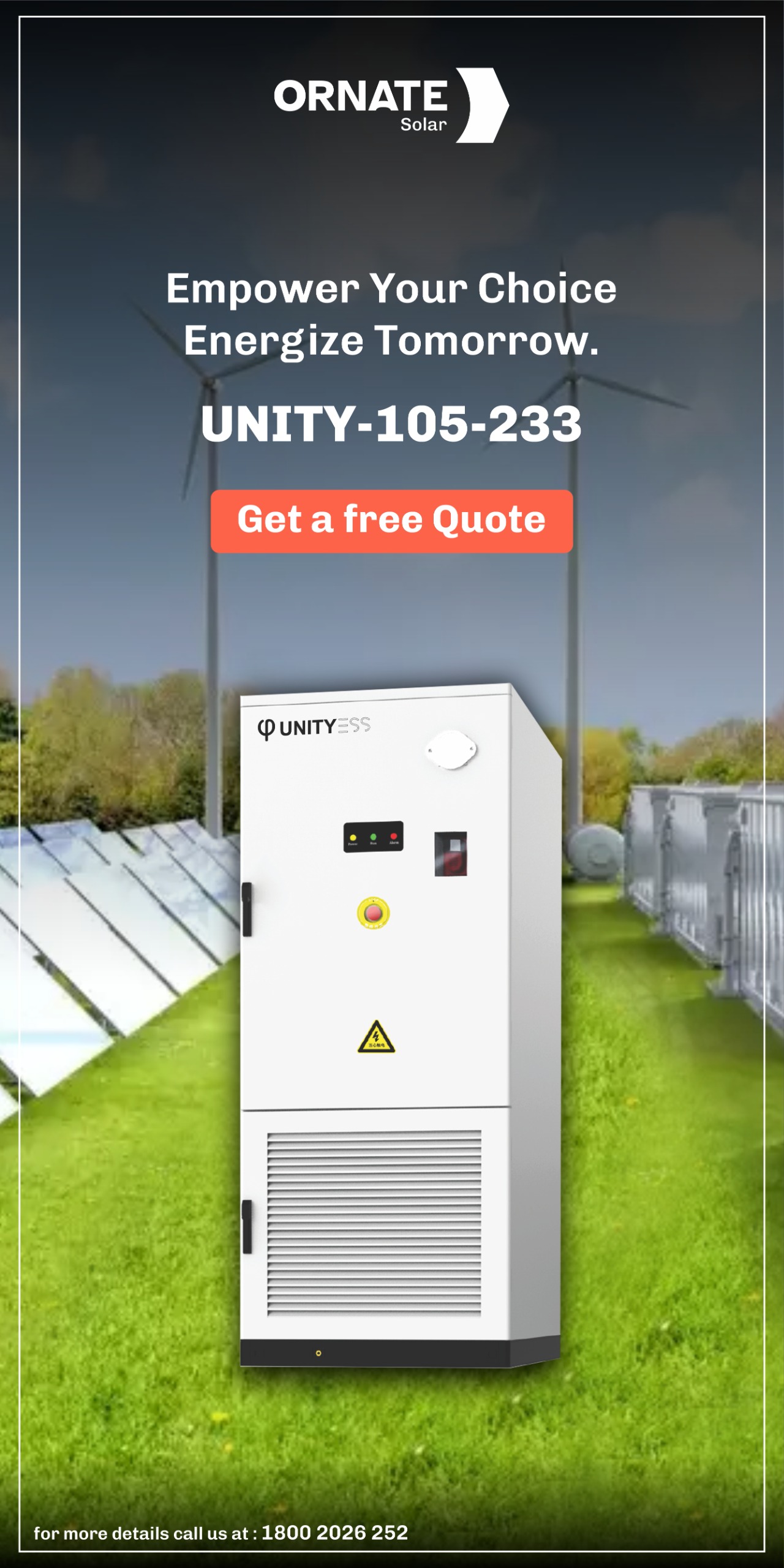

Let’s imagine that solar panels have an optimal or ideal point at which they can produce the maximum amount of power. This point is called the Maximum Power Point (MPP). But the catch is that environmental factors like sunlight intensity, temperature, and shading can throw these panels off their peak performance.
This is where MPPT comes into the picture. MPPT, with its super smart algorithms, acts like a smart controller or optimizer for solar panels. Its job is to keep a close eye on panels’ operating conditions and ensure they’re always performing at their best, no matter what the weather or shading situation is. It acts like a GPS that guides the panels to the MPP or picture it as a personal coach of solar panels who always fine-tunes their performance.
How Does it Work?
When it comes to using solar power for our electrical appliances at home, there’s a bit of a challenge. Solar panels produce electricity at a different voltage than what our appliances require. That’s where the amazing MPPT technique comes into play.
MPPT, or Maximum Power Point Tracking, is a clever technology that tracks and optimizes the maximum voltage generated by solar panels to match the power needs of our appliances. This ensures that solar power is efficiently utilized without any wastage.
Here’s how it works: The excess power that isn’t immediately needed by our appliances is intelligently managed. In the case of an off-grid solar system, it is stored in a battery for later use. In an on-grid solar system, it is supplied back to the grid. This way, the resistance from our appliances doesn’t force the solar panels to reduce the power they generate.
- The maximum power point tracker within the inverter converts the high DC power generated by the solar panels into low DC power, optimizing it for efficient usage.
- The low DC power is then converted into AC power, which is the type of power used by our household appliances.
With an MPPT solar inverter, your solar panels will produce the maximum amount of solar electricity possible. This means less energy wastage and, ultimately, a significantly reduced electricity bill.
MPPT is Particularly Beneficial in Specific Conditions:
Cold weather, cloudy, or hazy days: PV modules tend to perform better in colder temperatures. MPPT takes advantage of this by extracting the maximum power available from the PV module, even on cloudy or hazy days, when sunlight intensity may be reduced. It’s like getting an extra boost of power when we need it most.
Deeply discharged battery: When the battery has a low state of charge, MPPT is highly effective in extracting more current to charge the battery. It ensures that the PV module operates at its optimum power point to deliver the maximum charging capacity to the battery.

System using a MPPT solar charge controller along with the inverter
Are There Any Drawbacks to Maximum Power Point Technology (MPPT)?
Well, just like any other technology, MPPT does have its limitations. Let’s dive into the biggest challenges it faces:
1. Compatibility with specific solar panel configurations: In a solar system where panels are connected in series, MPPT cannot distinguish between power coming from a single panel or multiple panels. This means that if one panel underperforms, MPPT adjusts the input to the level of that panel. However, this drawback doesn’t make MPPT ineffective or inefficient. While the overall system’s performance may be impacted, the benefits of MPPT technology typically outweigh its limitations.
2. Complexity and cost: MPPT systems involve additional circuitry and components to constantly monitor and adjust the operating conditions of the solar panels. This complexity can result in increased manufacturing and installation costs compared to simpler charge controllers. However, it is important to note that the long-term benefits of improved energy production can often outweigh the initial costs.
3. System inefficiency: Although MPPT systems are designed to optimize energy production, they may not achieve 100% efficiency due to losses in the conversion process. The energy conversion from the solar panels to the desired output voltage introduces some level of inefficiency, resulting in a slight reduction in overall energy yield.
While MPPT has its limitations, it remains a valuable and essential technology in maximizing the power output of solar panels and ensuring efficient energy utilization. By being aware of its drawbacks, we can make informed decisions when designing and optimizing solar systems to achieve the best possible results. It is recommended to consult with solar energy professionals and manufacturers to determine the most suitable MPPT system for specific applications and optimize the performance of solar installations.
Ornate Solar is one of the leading solar companies in India with over 8 years of experience in the industry. We have partnered with the best-in-class global solar brands to provide you with a trustable, affordable, and reliable range of solar panels, inverters, and solar accessories.
We have also developed India’s first Integrated InRoof system. Ornate InRoof is a roof made out of solar panels, which is leak-proof and looks aesthetically pleasing.
If you are exploring hybrid solar solutions, reach out to us at 011 43536666 to discuss your options













this is so useful author.